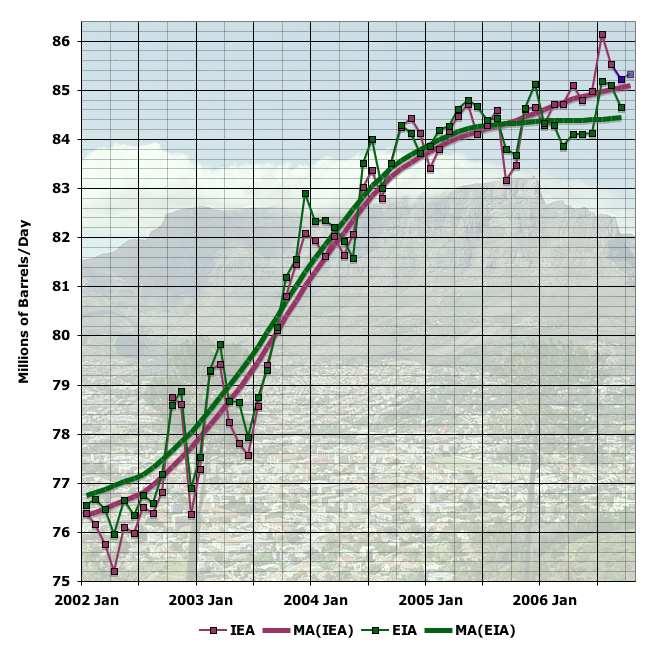Global Warming Comes Into Focus
2006 will be remembered by climatologists as the year in which the potential scale of global warming came into focus. And the problem can be summarised in one word: feedback.
During the past year, scientific findings emerged that made even the most doom-laden predictions about climate change seem a little on the optimistic side. And at the heart of the issue is the idea of climate feedbacks - when the effects of global warming begin to feed into the causes of global warming. Feedbacks can either make things better, or they can make things worse. The trouble is, everywhere scientists looked in 2006, they encountered feedbacks that will make things worse - a lot worse.
Climate feedbacks could turn the Earth into a very different planet over a dramatically short period of time. It has happened in the past, scientists say, and it could easily happen in the future given the unprecedented scale of the environmental changes caused by man.
There are two types of feedback that can play a role in the future direction of the Earth's climate. The first is a "negative" feedback, which is largely good for us, because it works against things getting worse. The classic example of a negative feedback is the fertilising effect of carbon dioxide. As concentrations rise, then so does the amount of carbon absorbed by the higher growth rate of plants. The result is a negative feedback that tends to check rising levels of carbon dioxide.
A "positive" feedback makes things worse by adding to the existing problem. It brings about a vicious circle, in which a rise in carbon dioxide or global temperatures causes some change in the climate system which, in turn, leads to further rises in carbon dioxide or temperatures.
A classic example of a positive feedback is the melting sea ice of the Arctic. As temperatures rise, the ice floating on the Arctic sea melts, exposing dark ocean where once there was white ice that reflected sunlight, and heat, back into space. The newly revealed dark ocean absorbs more sunlight and heats up, causing more ice to melt, and so reinforcing the positive-feedback cycle.
But even this simple description belies the true complexity of life on Earth. In fact, there is a negative feedback at work as well with Arctic sea ice, which insulates the underlying ocean and keeps it warmer during the cold, dark northern winters. However, on balance, it is the positive feedback that dominates here, as it does in several other instances investigated by scientists in 2006.
"The main concern is that the more we look, the more positive feedbacks we find," says Olivier Boucher, a climate scientist at the Met Office. "That's not the case when it comes to negative feedbacks. There seems to be far fewer of them." The sentiment is echoed by Chris Rapley, the director of the British Antarctic Survey in Cambridge: "When we look at the list of all the feedbacks in the climate, the list of positive feedbacks is worryingly long - a lot longer than the negative feedbacks. To be honest, it's a wonder that the climate has remained so stable."

